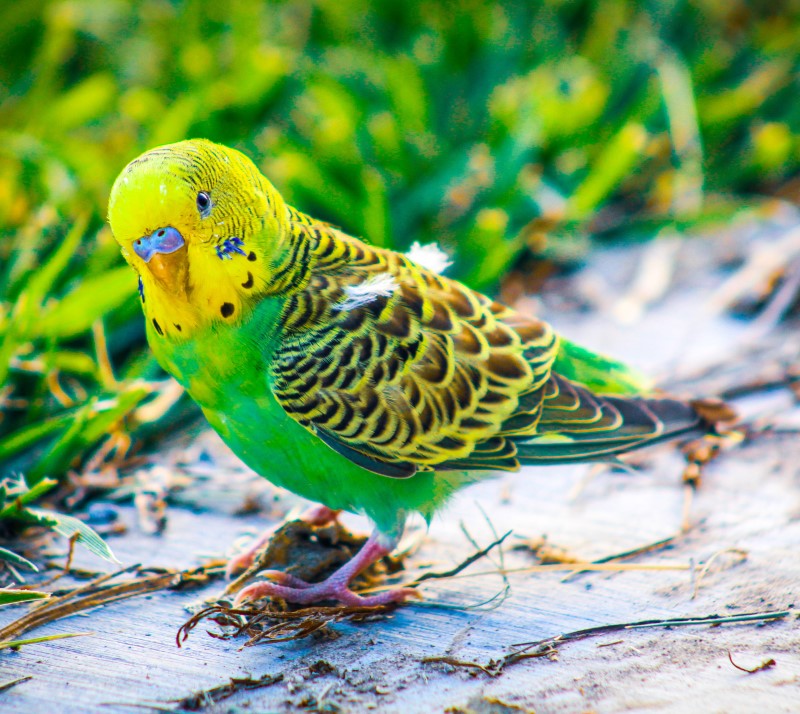JavaScript seems to be disabled in your browser. For the best experience on our site, be sure to turn on Javascript in your browser.
How to breed your budgerigars

Breeding your budgerigar could be a very delicate and time-consuming process. It is an experience worth remembering. You cannot forget the sight of your budgerigar chicks hatching out of their little eggs and moving around in the box. It is a beauty to behold.
To breed a budgie, you have to devote some of your time as this process requires you to be very attentive and observe all the details associated with it. Decide carefully whether you want to breed your wonderful budgerigar
The first thing that you need to get is a standard-sized Budgie cage
(39"×20"×32"). You also need a pair of adult budgerigars that are over a year old.
Put the cage in a place where your pet won't be disturbed regularly. Ideally, you should place them at a height of 5 feet. This way, you will keep them out of the reach of children or predators.
After taking care of the cage, your budgies will start to bond with each other. If you see them feeding each other or playing with Budgie toys and the cock seems a lot more energetic, it is time to introduce the breeding box. You can get the standard breeding box here. Simply hook the box to the opening on the side of the front of the cage.
It naturally takes two to three days for the hen to be conformed with the box. If she is satisfied, she will start acclimatizing herself to the box by spending most of her time in the box.
After the hen is satisfied, the hen and cock will start to mate.
Mating for buddies usually lasts for a minute, and buddies can mate several times a day. Within the following few days, the female budgie will lay the first egg, and the remaining eggs will follow within a gap of at least 24 hours. During this time, the owner must provide the pair with a good amount of calcium. Your female budgie will lay between four to eight eggs before she starts to incubate them.
During incubation, the cock would be noticeably seen taking care of the hen by providing food. Incubation takes place between eighteen and twenty-one days for the eggs to hatch. On day twenty, the first chick may hatch.
It is essential to know that not all the eggs laid will incubate on the same day. This is because some eggs may be older than the others, and not all the eggs turn out to be fertile hence they don't even hatch.
After the chicks have hatched, you must provide the pair with triple the amount of food that you had been giving them formerly so they can feed the hatchlings. The difficult bit is that you can't just feed them the seed mix you bought from the market; you must provide them with soft food for them.
As soon as the chicks are thirty to thirty-five days old, they may start leaving the box and settling at the bottom of the cage. At this stage, the chicks can't fly so they can't use the perches, either. You have to provide them with the soft food and the seed mix at the bottom of the cage so they have clear access and get to learn to feed by themselves. Ensure the temperature in the chick's cage is not below 77° F (25°C) as it can be dangerous to the health of the chick.
In the following days, the chicks should learn to eat by themselves and have an idea about flying. You can go ahead to separate the chicks from their parents so they don't harm them. Remove the breeding box once the last chick has come out. You should also have Budgie healthcare handy in case of an accident.










